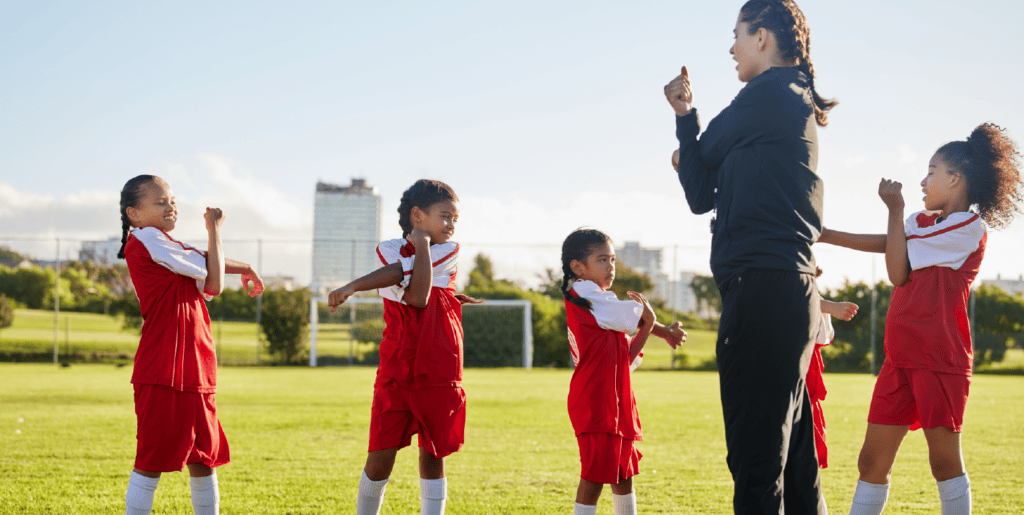PCA Resource zone
Supporting an Athlete’s Attention & Executive Functions in Sports

Developed in partnership with the SCORE Program at Children’s National
A coach can be a highly influential person in a young athlete’s life. But what happens when the young athlete has trouble paying attention or controlling their reactions on and off the field? Suddenly, even the best coach can find it hard to remain helpful, understanding, and patient with the athlete.
Executive functioning means managing our emotions and actions, thinking flexibly, and planning and organizing what we do.
| Executive functions are important for… | Behaviors you might see when an athlete struggles with attention and executive functions… |
| Using information to remember steps of a play to reach a goal Learning from mistakes and developing skills Addressing and overcoming challenges |
Problems following directions Losing focus Acting impulsively Overreacting to seemingly small issues |
While challenges in attention and executive functioning might lead to a diagnosis of Attention-Deficit/ Hyperactivity Disorder (ADHD), these challenges may be seen even without a diagnosis, such as when the young athlete is stressed, tired, or has been through trauma.
When coaching young athletes who struggle with attention and executive functioning, it is a coach’s job to offer support and establish a positive sports atmosphere that helps all athletes to thrive. The following are key considerations to maximize their strengths and foster success on and off the field.
Provide clear and concise information, delivered in the same way, when communicating directions and what you expect. Review expectations often in a calm and supportive manner.
Collaborate with athletes to establish team goals and values. Doing so shows athletes that their opinions are valued and gives them a sense of ownership and connection to the team.
Take time to get to know your athletes and demonstrate your care. Show up early to practice and check in with athletes as they arrive. Learn their preferred name and how to pronounce it early and use it often.
Help the athletes learn by using movement when teaching skills. Use hands-on techniques and allow the athlete to listen then quickly try out the new skill.
Improve an athlete’s ability to learn new information: PREVIEW and give a quick look at what you will be teaching. Then, TEACH the information. Finally, REVIEW the information again – But, keep it short and simple!
After an incident, try to get the athletes to do something positive and redirect their energy into a helpful activity, rather than talking about what happened right away (unless there is a safety issue in which case you must immediately address it).
Give athletes that are off task or disruptive a break. When they come back, slow the pace of the activity and reduce the “mental load” by keeping directions short.
Prevent problems before they happen! Give rewards often for good behavior (even if you must work hard to find small successes). If a young athlete behaves badly, give them choices like time outs or breaks. Remind them about the rules and why it is important to follow them.
Look for chances to practice recognizing and controlling emotions. Talk about how you and your athletes may feel, and try breathing techniques for relaxation.
Speak calmly and be mindful of your facial expressions and body language. Youth, especially those who struggle with controlling their emotions or who have been through tough times, may interpret even a little frustration as severe anger. Young people tend to match the emotional energy they sense around them, whether it’s calm or not.
Have constructive conversations privately with the athlete. It is important not to make the athlete feel called out in front of peers.
Stay positive! Highlight strengths and successes to support and foster self-belief.